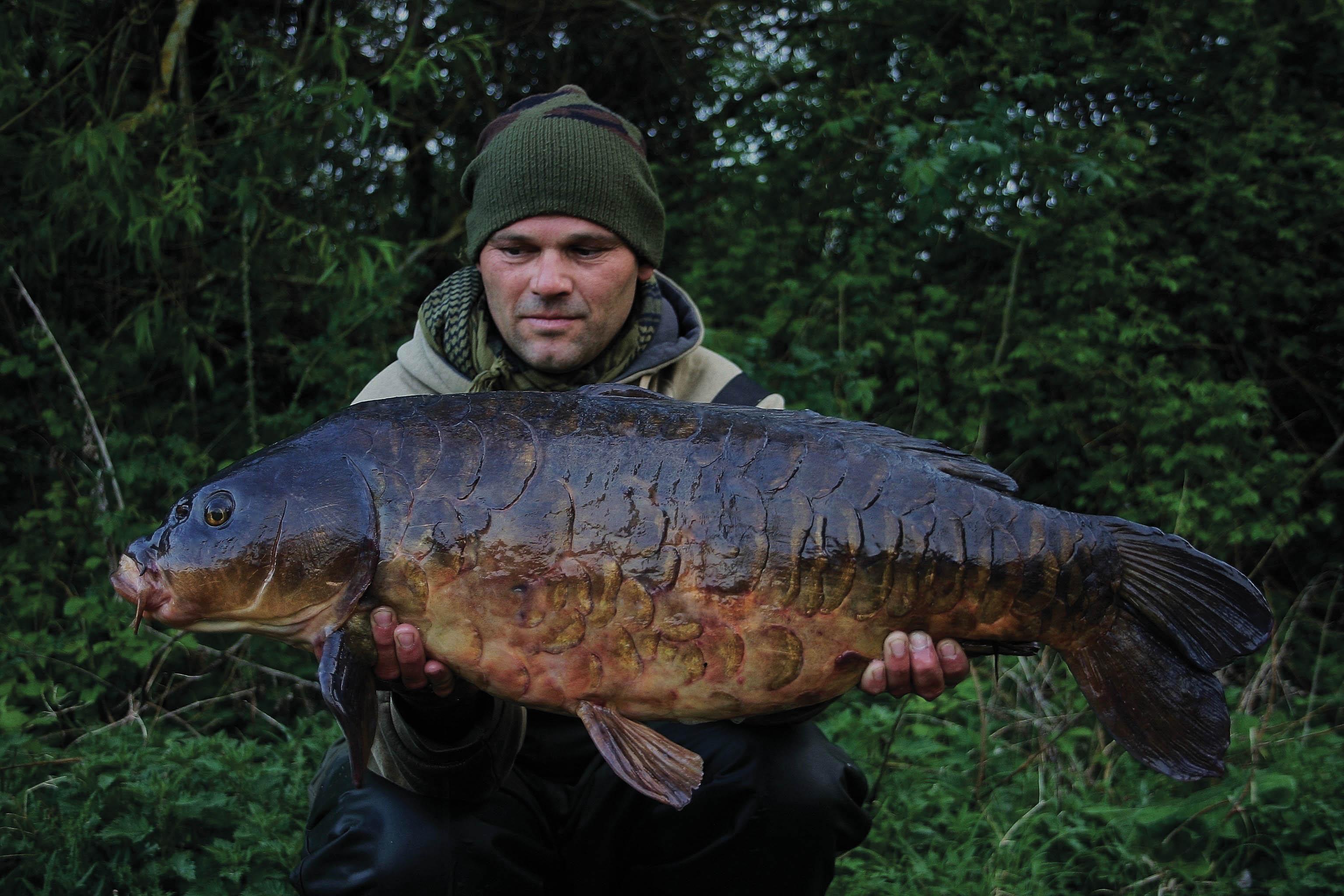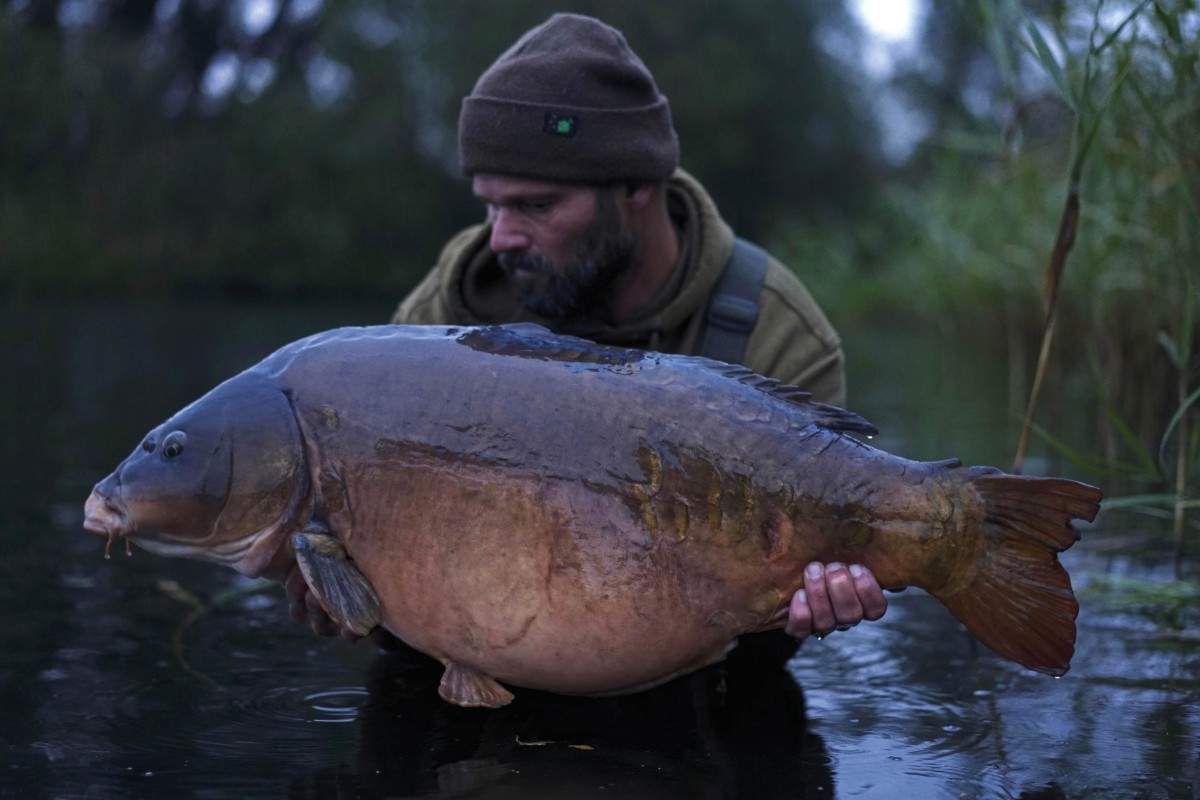
A Forgotten Combo: Boilies And A Catapult
Oz Holness looks at an old-school, but time-honoured approach that makes for more mobile, and often more effective carp fishing…
For many, many years the humble catapult was the main, if not the only method most of us used to propel boiled carp baits out around our rigs. Using crudely constructed homemade jobs initially, and later, powerful Black Widows and Wrist Rockets, baiting almost became an art form. With practise, you could put all your hand-rolled donkey-chokers down the same hole at 80yds! Particle use for me, back in those days, was mainly limited to catapult work too. Tigers and peanuts were fired out from big, custom-made pouches, and the use of mass baits such as hemp would be limited to edge spots and marginal-shelf scenarios. The big, crude, early spods made from washing-up liquid bottles etc., saw the need to carry a beachcaster-style rod with you, so you could launch them out! Personally, I favoured the stealthier and more discreet method of peppering areas with boilie. This was my approach for much of my angling, especially as it consisted mainly of overnight trips in those days.
WHY THE CATAPULT? Because most don’t use one
So why persevere with a catapult approach for baiting, when modern-day developments in tackle have made life much easier, and with innovations affording us incredible efficiency? Mass baiting is possible at all ranges nowadays, with aerodynamic spods and Spombs capable of delivering any item of food you may wish to use, at incredible range and with accuracy.
Well, there are many reasons, and the subject is typically always subjective, given the many scenarios we are faced with as carp anglers. You simply have to read the situation and adapt your approach to suit. Experience will tell you what is right on the day, and as with all applications, asking questions will get you answers in your own fishing world.
Most of our methods of carp fishing are fairly straightforward, and the simple statement ‘first find your fish’, has always been the number-one priority in my book. The problems occur, and mistakes are generally made once this task has been achieved. The simplest of scenarios—one I have seen time and time again on many waters—is the ruination of a great chance of a bite or two through the wholesale foaming-up of a swim in the desperate attempt to first find a spot and then feed the fish a bucket of bait, just because matey did it last week and had few bites. What is often missed is that ‘matey’ had three days at his disposal, and the fish were at the other end sunning themselves when he laid out his feast! The whole element of stealth, watercraft and fishing for an opportunity, or a bite at a time, has gone right out the window in this situation, and yet things could have turned out so differently!
Of course, there are those scenarios and those lakes where the fish are so hungry and tuned in to the disturbance of a Spomb, that they actually home in on the splash—the ‘dinner gong’ theory—but I’ve had no real experience of this, so can write only about what I have seen with my own eyes on the waters I fish.
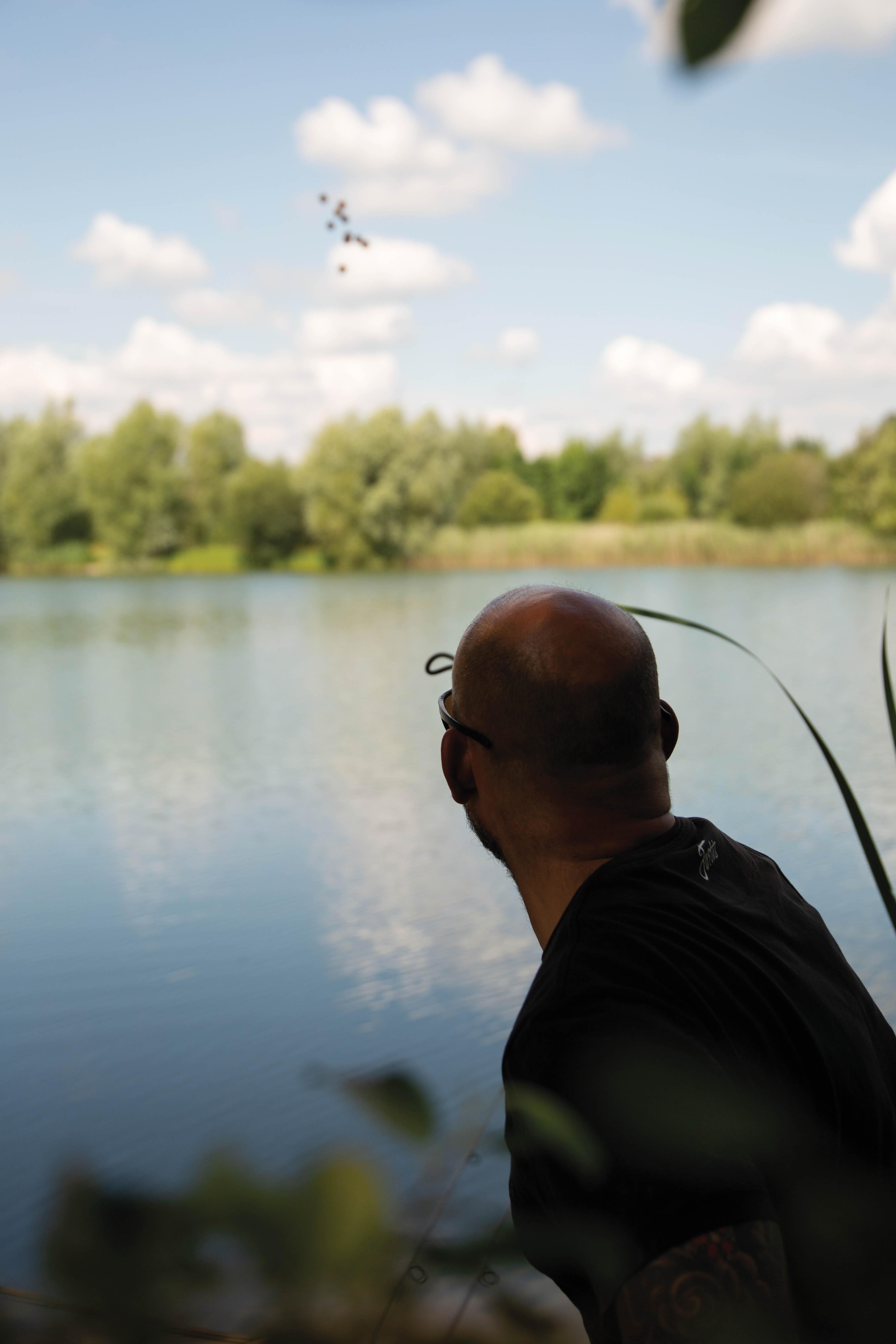
WATERCRAFT: And making the most of it
In an ideal world, we can walk round our chosen venue and hopefully find some carp, or signs of them in the area. Now, we are talking about angling for fish that are highly tuned in to their environment, adept at noticing movement and detecting vibrations, with their senses honed for survival over thousands of years, to avoid predation, but also to detect food sources.
So now we have two choices: we can fish for what we find as carefully and skilfully as we can, or we can fish nearby, picking an available swim, baiting, and then waiting for them to turn up—they have tails and swim about, for sure! I always favour option one, and base a lot of my angling around this sort of opportunity, but you have to be prepared, as with all things: the right kit, the right bait and correct rig for the situation will be necessary requirements should you wish to take full advantage.
To get the very best from these opportunities, I have fine-tuned my kit to make life as simple as possible. The first advantage is to use a good, sinking-braid main line. This amplifies the drops felt via the lead, and gives crisp feedback to the rod tip, saving much time leading about. Its sinking, supple nature keeps it out of the way when fishing for groups of fish milling about in bays or over any features. Everything feels very precise with braid, if the rules allow its use. If not, a good fluorocarbon is a great option. I keep a small box of leaders in my rucksack, all tied for various applications, depending on the look of the swim or my prior knowledge etc., and I will pick accordingly…
1. No prior knowledge—Chod Rig/leader.
2. Weed present/visible—Chod Rig/leader.
3. Prior knowledge of spots/drops—Standard leader/long, supple boom/Multi-Hinge Rig.
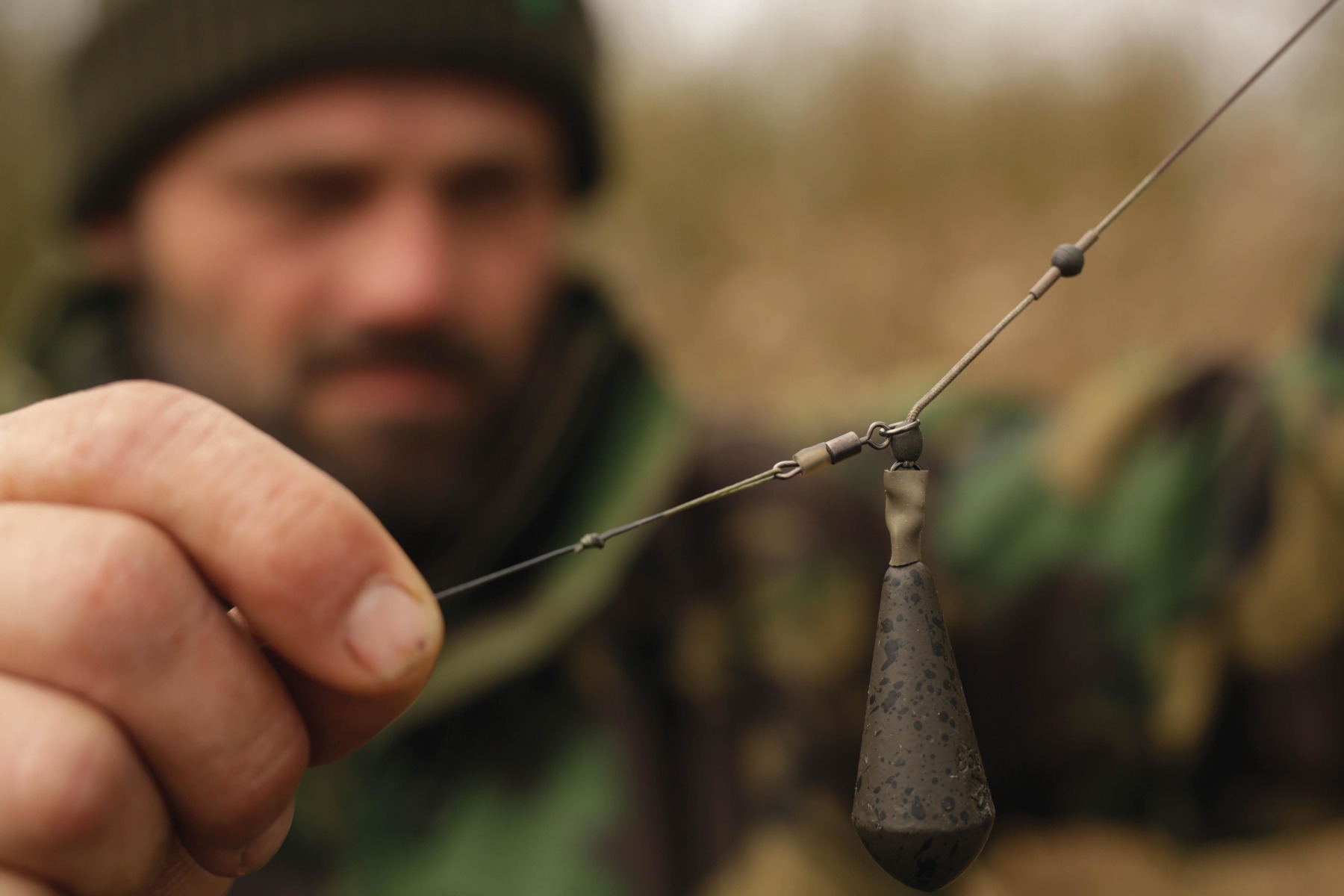
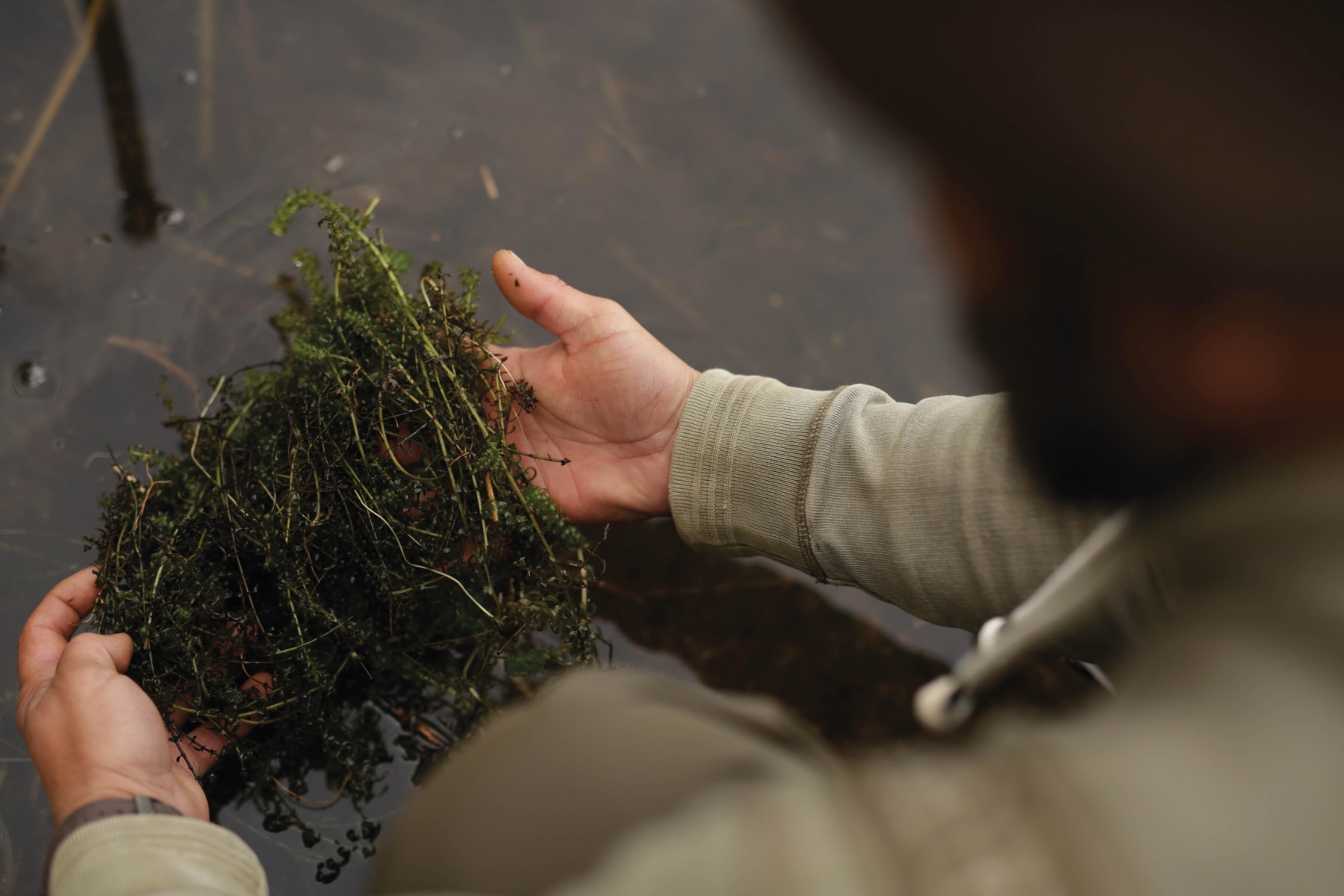
In any of these scenarios, I will always try to cast well beyond the fish, before I then skip the light lead back to the zone and carefully let it drop in. I will then decide whether to leave these rods as singles for a while, if the fish are showing signs of feeding well. I may also, though, ping a few baits out with the catapult, if I feel they need a little encouragement to drop down. I will always use as small a bait as possible, to minimize the splash and disturbance.
Organisation plays a role here, and I like to carry at least two sizes of boilie with me to cover close-range fishing and further out in the pond. The bigger baits can also be pinched before being catapulted out, so they pat down on the surface, or even crumbed before being fired out. Either way, I have rarely seen carp spook from boilies plopping in; it has always been the splash of a lead or a Spomb that spooks them.
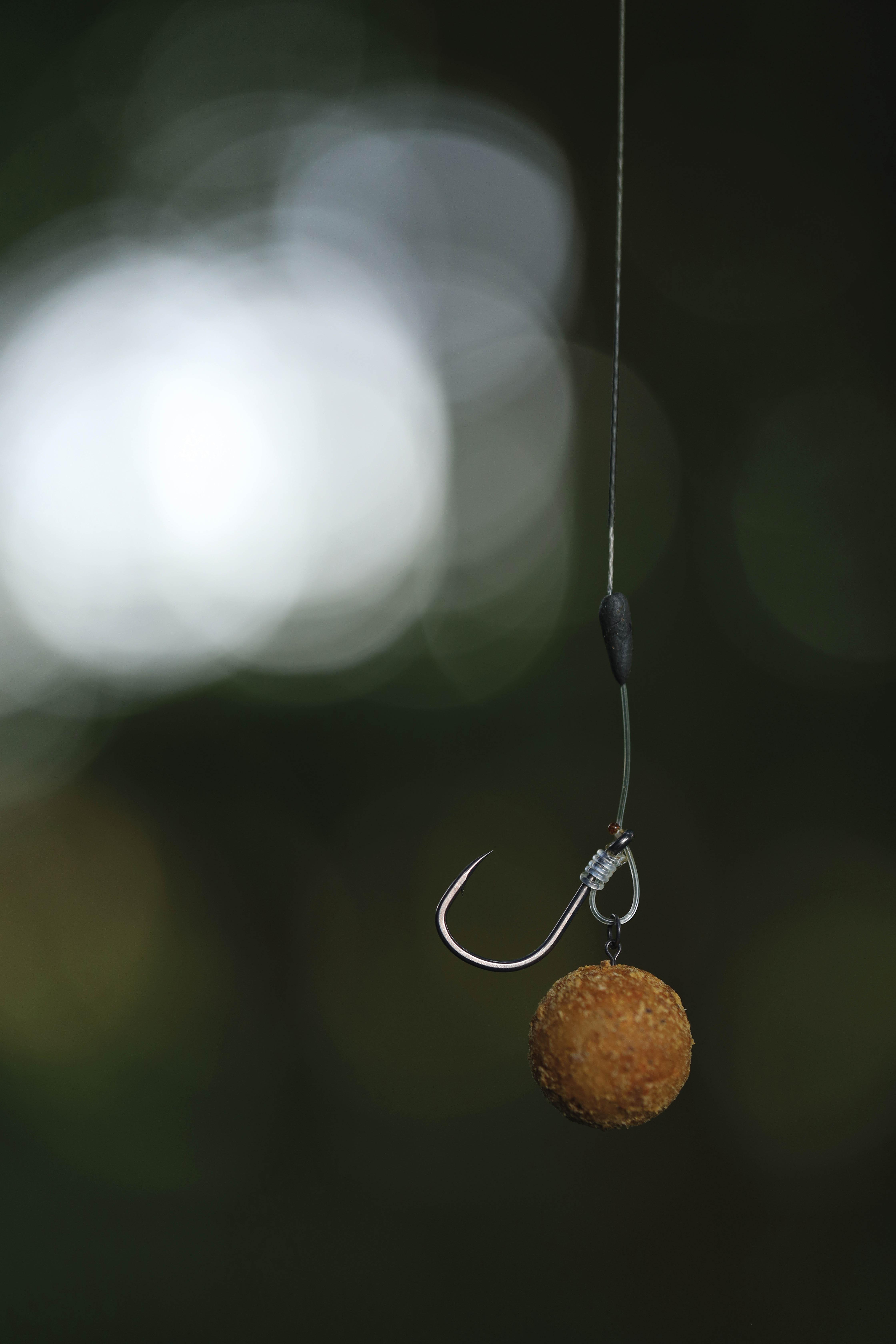
THE RIGS: Oz has three options
When straightforward boilie-fishing is my chosen approach, I have three main rigs that cover the scenarios I may encounter, the first being a Chod Rig set-up running on the leader. I can be fairly confident that this will be fishing on any type of lakebed, aside from dense forests of deep weed. This is my go-to rig for chance encounters and quick-response scenarios, maybe after dark etc.
The second rig, and my favourite, is the long-boom Multi-Hinge. Presenting beautifully over dirty ground, silt or light weed, it incorporates a long, supple boom of up to 16-inches, and a lovely stiff, doubled section of Recoil Chod filament for the hooking section. A light lead completes the set-up on both these rigs.
The third rig I use extensively in my boilie angling, is the Stiff D-Rig. The difference between this set-up and the last two, is its use with a wafter, or a bottom bait out of the bag. This set-up is used on clean, firm bottoms such as sand, silt or gravel.
THE HARDWARE: His line up of tools
I have a variety of catapults in my armoury, from small, lightweight elastic jobs for pinging out single baits short distances with super accuracy, to big-pouch–heavy-duty elastic ones for multiple baits at range. No one catapult really does all jobs, so it’s best to have at least two in the rucksack or bait bucket. There are always the spare elastics to consider, and I have these with me, and a few more back in the van for emergencies. Elastics need a bit of care, and like the rest of your kit, they should be checked regularly for signs of wear. UV rays, heat, cold, oils and chemicals will all accelerate deterioration of the elastic and reduce their efficiency, so be aware and wash and clean them after use. Don’t store in bait bags or buckets containing glugged baits etc.!
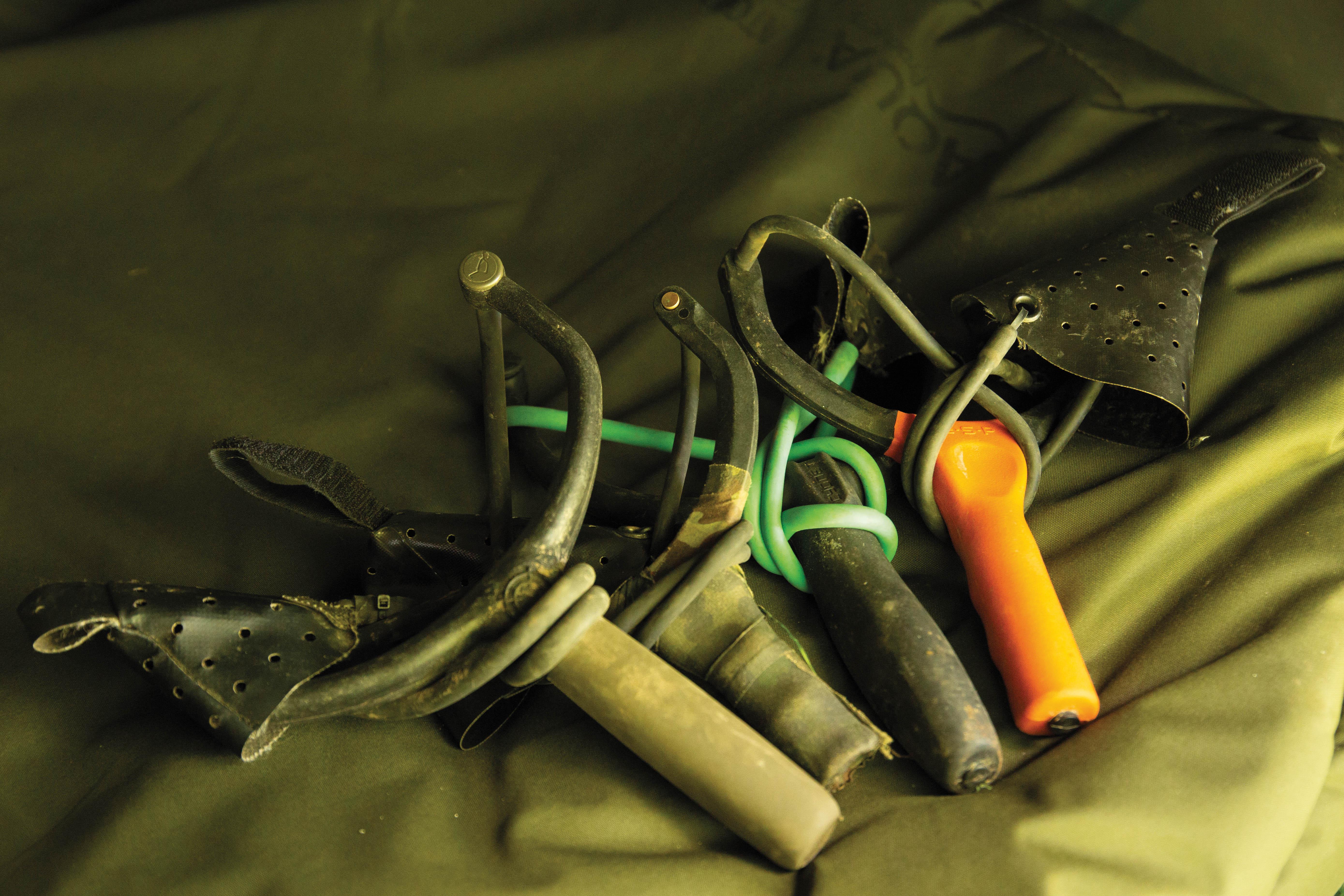
Along with my catapults, another item I always carry with me when boilie-fishing, is the old, humble throwing stick. Also seemingly lost in time and out of favour with many, I would not go fishing without a throwing stick. In fact, I carry two: a small, retro, aluminium Cobra—remember them?—and a much more modern carbon stick for use when fishing at range with big baits. The catapult gives me accuracy and clusters of boilie, and the stick allows the building of a nice spread of bait dotted here and there over the zone.
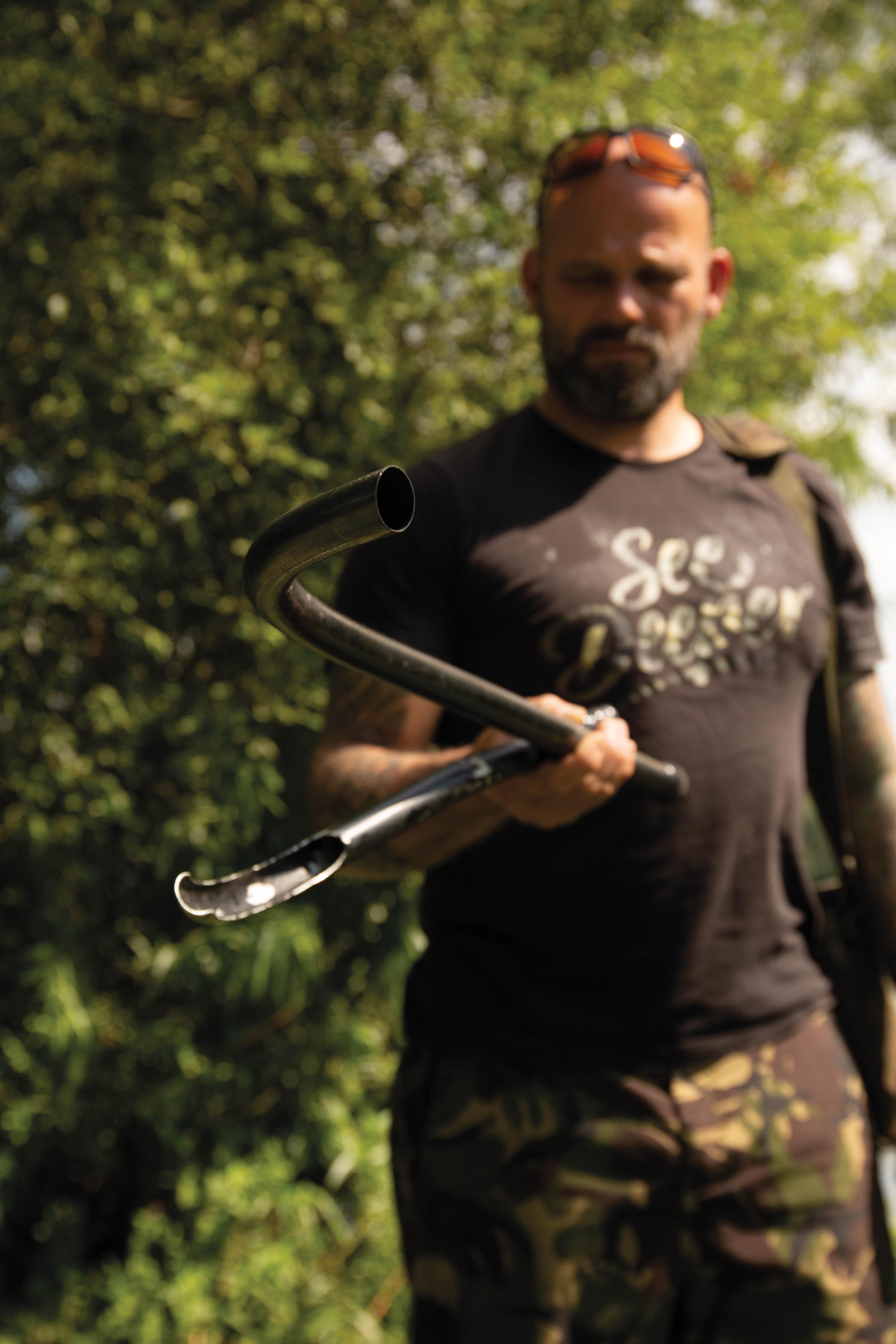
This style lends itself nicely to drip-feeding baits over the course of a session. It’s something a few friends and I have talked about over the past years… match-style almost, allowing the build-up of a constant source of baits in the swim at various stages of breakdown, leakage etc.
BEING DIFFERENT: It counts for a lot
So, as well as the stealth and efficiency of fishing boilies with a catty and a stick, there is certainly an element of being different to the new norm, let’s say. The modern way of delivering large quantities of small bait via a Spomb is without doubt, the mainstay approach of the vast majority of anglers these days, often wrapped up to a spot, and often with three rods on the spot. Now, I’m not doubting the efficiency of this method. Far from it, as I’ve done that very thing and reaped rewards, but there are often times when this either isn’t possible, or is not the best way forward. Indeed, like a lot of trends, when the wheel eventually turns again, a move back to other methods can be just the thing to trip up the crafty old ’uns, ones that have seen it all lately, but may have forgotten some of the basics!
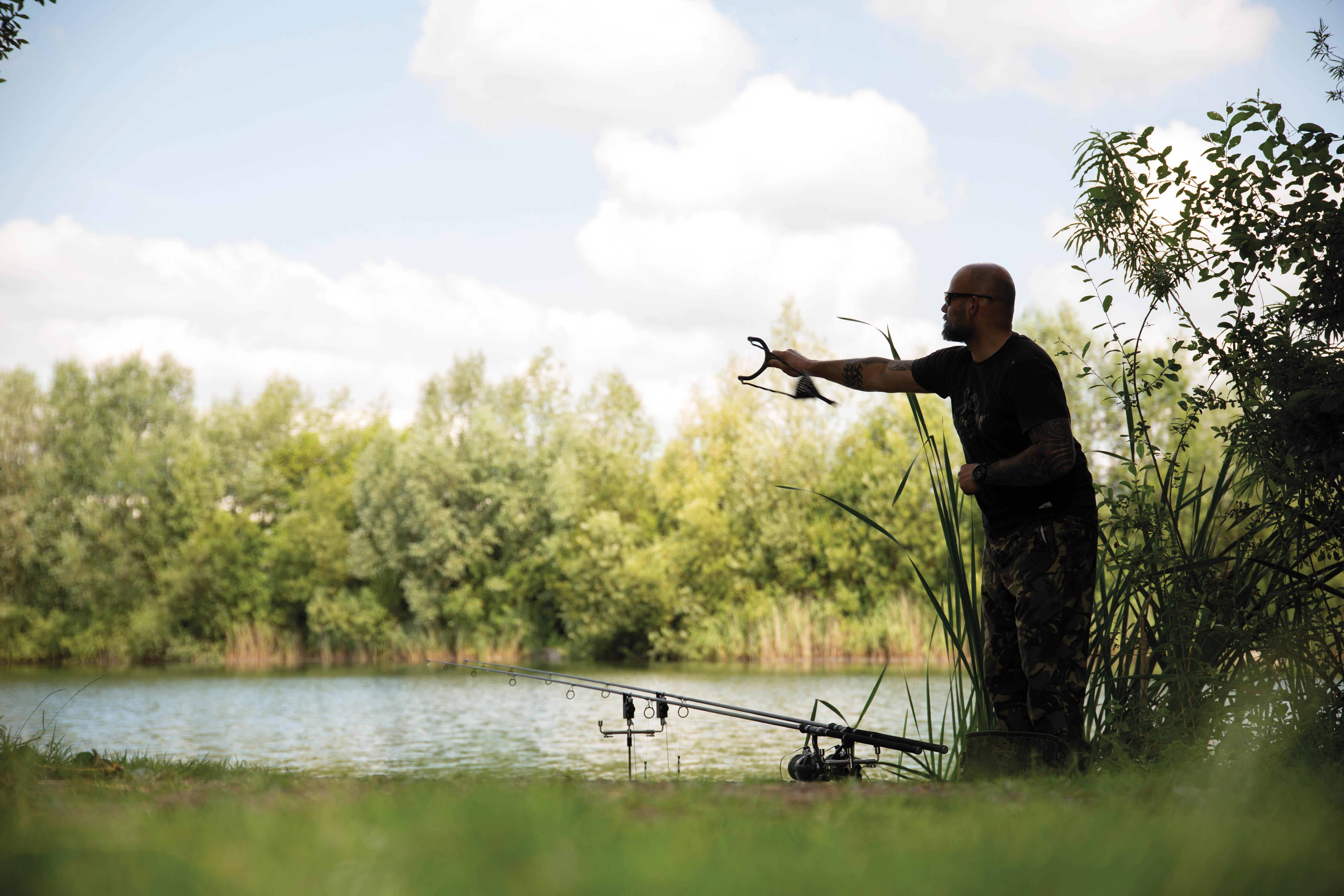
THE BAIT: What he opts for
I like to have at least two sizes of bait with me, as I said. A good, simple combination is a bag of 12mm and a bag of 20mm. I can get a good pouch of 12mm out nicely with a catapult, 30 to 40yds, and 20mm will go out as singles 40 to 60yds-plus with ease, and 100yds or more with a stick. This covers pretty much every eventuality. I like to glaze my 12mm baits with a salmon oil just before trips in the summer months. The 20mm I leave, in case I use the stick—I don’t want oils gumming up the tube. My boilies are never wasted, and what don’t get used on the trip will go into a bucket of salty seeds to be used for pre-baiting, clearing spots etc. somewhere quiet.
AND TO END: Remember this…
In conclusion, I have used this method to good effect over the past few years on waters where I have to travel long distances to fish, and often cannot get to the venue every week. In these scenarios, a bait-and-wait approach and pre-baited spot-fishing are just not viable, and aren’t even desired options—venues are often far too busy 24/7 to achieve this anyway. The ability to fish as and when an opportunity presents itself is often a more feasible and realistic approach. Although it may not always produce the big hits of fish, it can often pay dividends when other methods falter, or even catch you the bigger, maybe rarer residents of the venue.
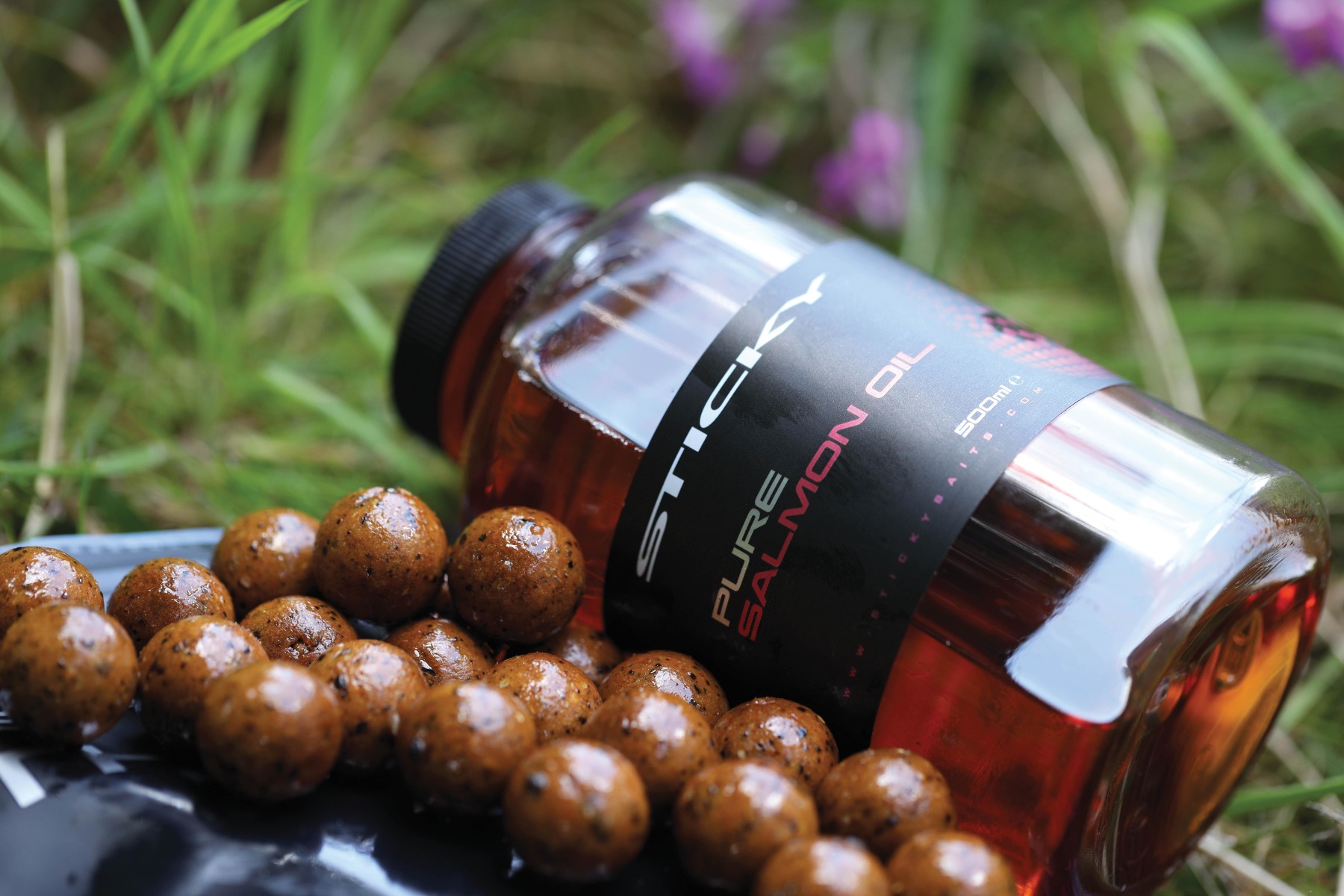
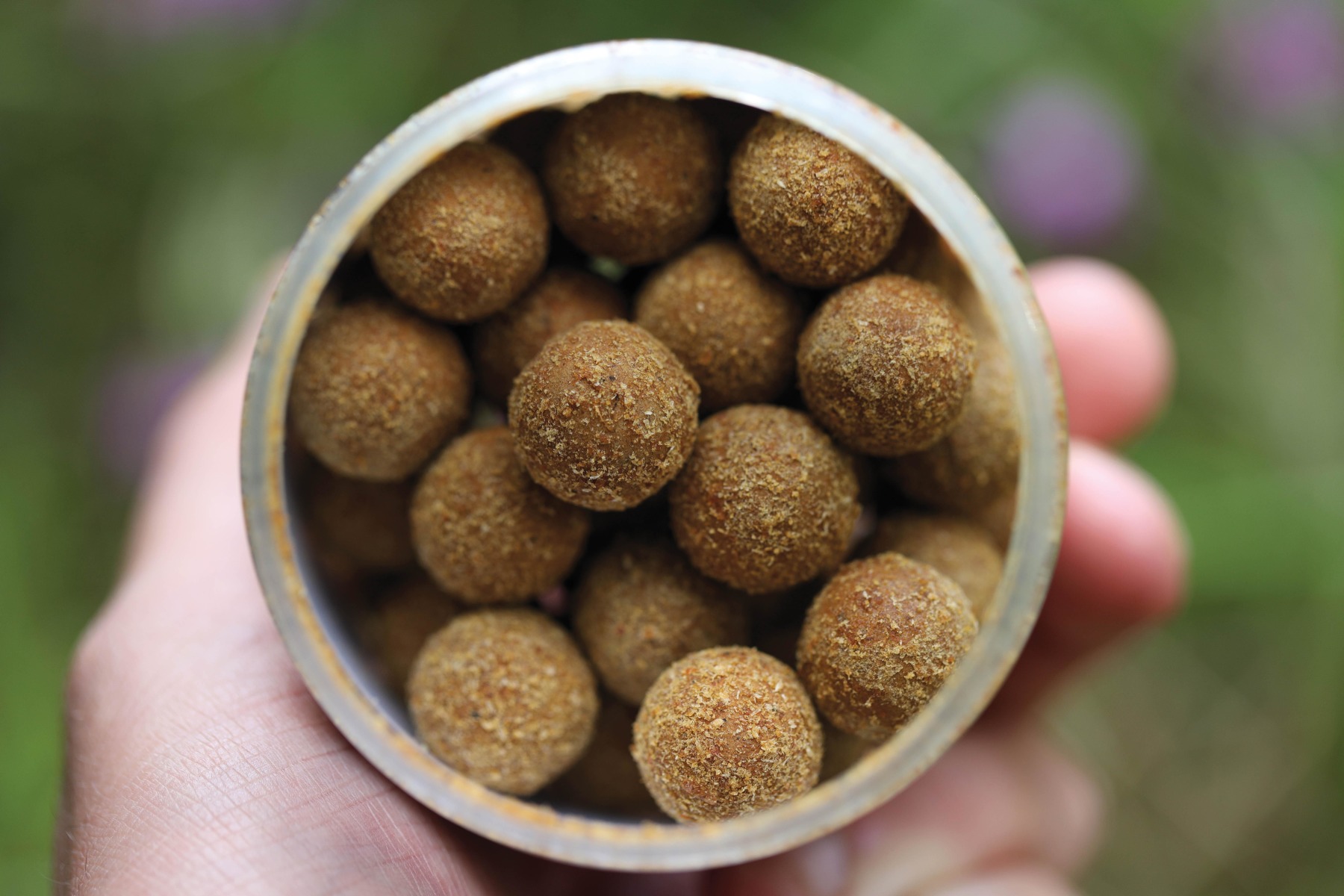
I have had success, catching the big ’uns from a good few venues by fishing just 10 to 20 baits on old, baited clear spots from months gone by, and have also built up multiple bites on areas by drip-feeding pouches of 12mm baits little and often, without spooking the group. It’s a great way of going about your fishing, without you having to carry buckets of spod mix and all the ancillary equipment that goes with it, plus you will be more ready to move when the fish do, having committed only a little bait to the swim!
